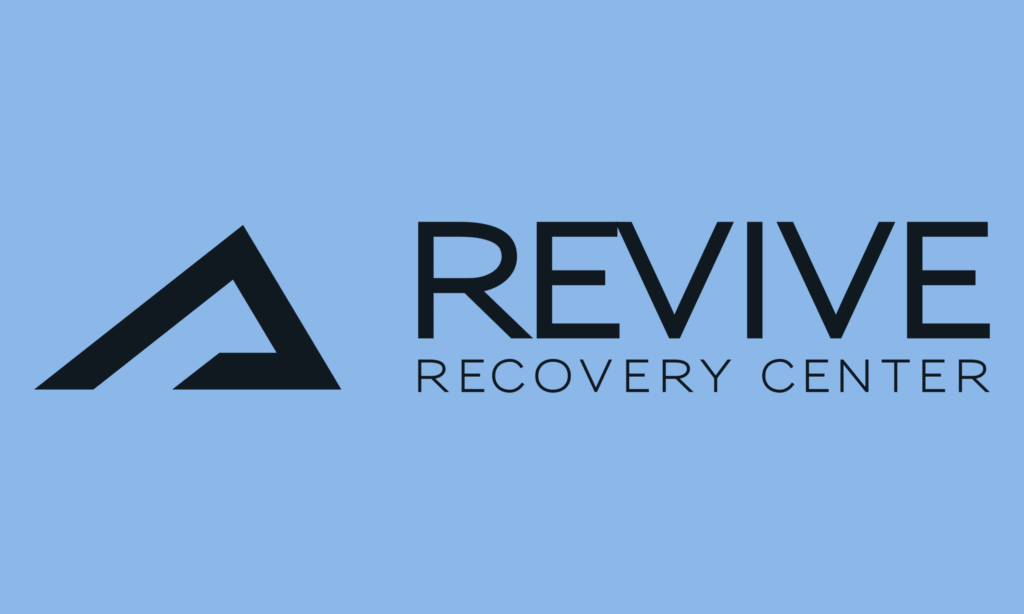Adolescents aged 12 to 17 in foster care were significantly less likely to talk to a parent or guardian about the dangers of substance use compared to other adolescents, according...
Adolescents aged 12 to 17 in foster care were significantly less likely to talk to a parent or guardian about the dangers of substance use compared to other adolescents, according to a report by the Substance Abuse and Mental Health Services Administration (SAMHSA). The report shows while 58.9 percent of adolescents living with biological parents have these discussions and 57.6 percent of adolescents living with adoptive parent have the talks, that percentage drops to 51.1 for adolescents in foster care.
The report also shows considerable differences between how adolescents in foster care and other adolescents receive substance use prevention messaging. For example, 79.2 percent of adolescents living with biological parents and 77.3 percent of adolescents living with adoptive parents receive substance use prevention messaging from media sources, only 70.5 percent of adolescents in foster care received these messages.
Adolescents in foster care are also less likely to receive messages in school about the dangers of substance use. While adolescents living with biological parents received these messages in school 66.6 percent of the time, and adolescents living with adoptive parents received them 63.3 percent of the time, adolescents in foster care only received messages about substance use in school about 59.9 percent of the time. However, when adolescents receive prevention messages through special school classes or through prevention programs outside of school, there is very little difference between groups.
“Youth in foster care may face special challenges that make it essential that they, like other youth, get effective substance use prevention messaging,” said Frances M. Harding, director of SAMHSA’s Center for Substance Abuse Prevention. “We need to explore innovative approaches to providing this prevention messaging to them – especially in ways that also engage parents and guardians. That’s why we’re very excited about our new national public service campaign, ‘Talk. They Hear You.’ This new campaign empowers parents and caregivers to talk to their children as young as nine years old about the dangers of underage drinking.”
“Talk. They Hear You.” raises parents’ and caregivers’ awareness about these issues, and provides them with information needed to help them start a conversation about alcohol by modeling opportunities for initiating the conversation about alcohol through the public service announcements and online interactive tools. For more information about this national media campaign, visit www.samhsa.gov/underagedrinking.
SAMHSA also partners with the White House Office of National Drug Control Policy to fund Drug Free Community (DFC) coalitions. In more than 600 communities nationwide, coalitions recruit, train, and welcome parents and youth volunteers to join forces with other community members to make a positive difference. These coalitions work to support the health, safety, and well-being of their communities, families, youth, and the systems and organizations that prevent substance abuse. For DFC program information, visit www.whitehouse.gov/ondcp/drug-free-communities-support-program.
The report, Teens in Foster Care Are Less Likely to Talk with Parent or Guardian about the Dangers of Substance Use, is available at: http://www.samhsa.gov/data/spotlight/spot141-teens-foster-care-2014.pdf. It is based on SAMHSA’s National Survey on Drug Use and Health, an annual survey of 67,500 people age 12 and older throughout the nation. The report defines adolescents in foster care as those currently living with a foster parent or guardian or who have stayed overnight in foster care in the past year.
For more information visit http://www.samhsa.gov/.
The Substance Abuse and Mental Health Services Administration (SAMHSA) is the agency within the U.S. Department of Health and Human Services that leads public health efforts to advance the behavioral health of the nation. SAMHSA’s mission is to reduce the impact of substance abuse and mental illness on America’s communities.




























